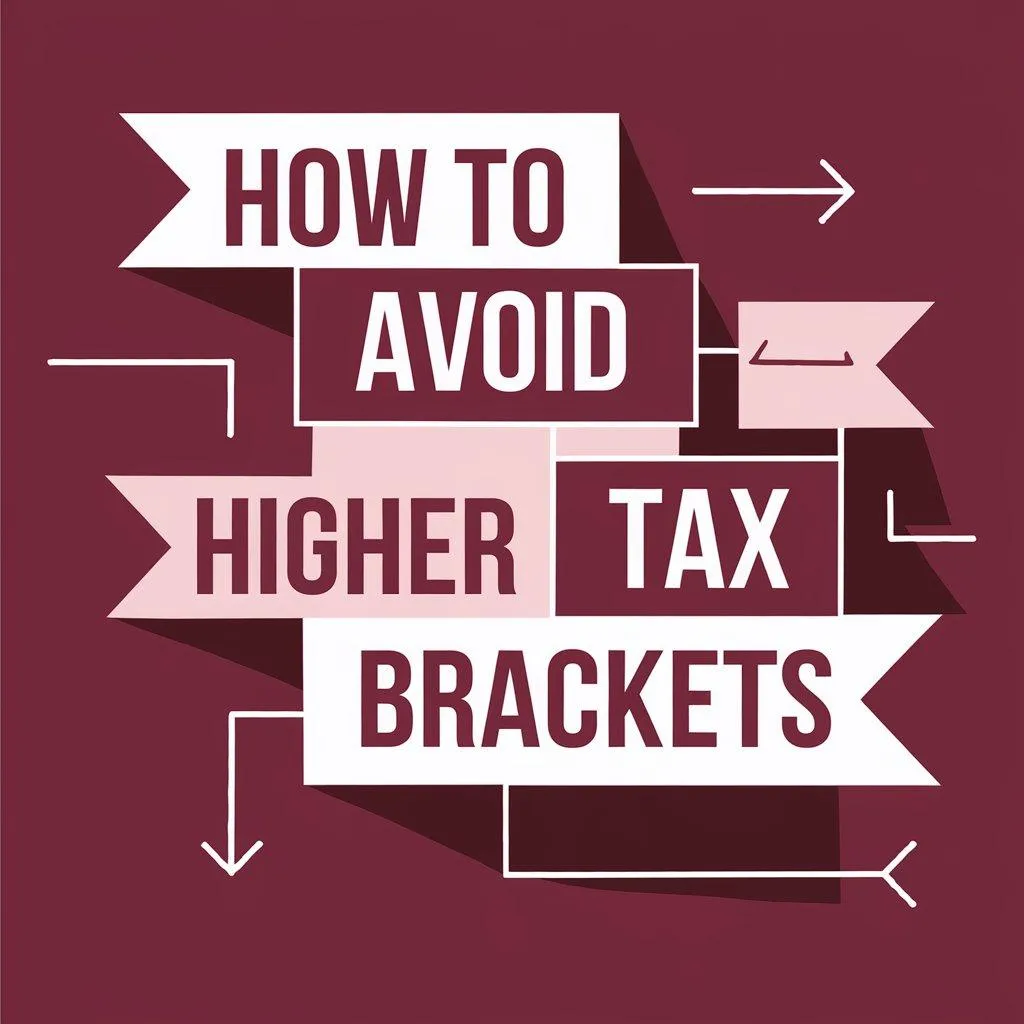
How to Avoid Higher Tax Brackets
If you’ve ever had a year where your income jumped, you probably noticed Uncle Sam came knocking a little harder. That’s because when your income goes up, you can end up in a higher tax bracket—and higher tax rates mean more money leaving your pocket.
Now, before you panic, let’s clear something up: moving into a higher bracket doesn’t mean all your money gets taxed more. Only the dollars above the cutoff do. Still, smart entrepreneurs know that tax planning can make the difference between keeping more of what you earn or watching it disappear.
Here are five simple strategies to help you control how much you pay when income spikes.

1. Stack Up Those Retirement Contributions
When you put money into a traditional IRA, 401(k), or other pre-tax account, you lower your taxable income right now. Translation: less income reported, lower taxes this year.
Say you’re in the 24% bracket. Contributing the max ($7,000 if you’re under 50, $14,000 if you’re married and filing jointly) could save you thousands. Then, later in retirement—when your income may be lower—you’ll likely be in a smaller tax bracket and pay less tax on the money you pull out.
It’s the classic “tax me later when it hurts less” move.
2. Don’t Sell Everything at Once
Got investments that did well? Congrats. But cashing out too much in one year could shove you into a higher bracket fast.
Instead, break up those sales. Sell some shares this year and some next year. This way, you spread out your gains, avoid bracket shock, and might even benefit from long-term capital gains rates (which are usually lower).
3. Time Your Income and Expenses
If you’re self-employed, this is where you’ve got flexibility. You control when to collect payment and when to spend.
Had a banner year? Buy that new equipment before December 31 and write it off right away. Had a slow year and expect to earn more next year? Hold off on big purchases until January so those deductions hit when you’ll really need them.
Strategic timing means more control over taxable income.
4. Front-Load Your Deductions
Thinking about making a charitable donation? Do it in a year when your income is higher. Same goes for deductible expenses like mortgage interest.
For example, a $100 donation saves you $32 in taxes if you’re in the 32% bracket, but only $24 if you’re in the 24% bracket. Same gift, different year, different impact.
If you’re going to give, give when it benefits you most.
5. Farmers & Fishermen—Use Income Averaging
This one’s niche, but if you’re in farming or fishing, you can smooth your income out over three years using income averaging. That way, big spikes don’t crush you with taxes all at once.
Bottom Line
Look, sometimes hitting a higher tax bracket is unavoidable—and that’s not a bad thing. More income is still better than less. But with a little planning, you can keep more of that money working for you instead of sending it straight to the IRS.
Want to make sure you’re setting yourself up right—whether it’s taxes, credit, or funding your business the smart way? Let’s talk strategy.
👉 Book your free 15-minute consultation here: https://calendly.com/consultwitherika/15-min-strategy-call
Don’t just earn more. Keep more.

